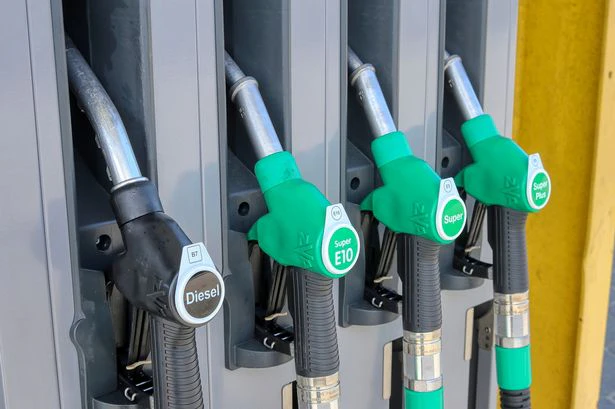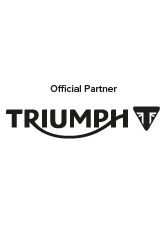back to the blog
E10 Fuel - Should I Be Worried About My Motorcycle?

Tony W · September 02, 2021

It's September 2021 and you're pulling into the petrol station to top up your tank. You may not realise it, but the fuel you’ll be putting in is different. Just slightly, but different enough. Should you be concerned?
So what is E10 fuel exactly?
In an effort to reduce emissions the government is increasing the proportion of ethanol in petrol, in this case, its 10% hence the name. The sharp-eyed amongst you will have noticed that the current fuel available across the country is E5, i.e. 95% petrol and 5% ethanol.
Ethanol is an alcohol, and pretty much all of it that is blended with petrol comes from renewable sources, making it ‘greener’ and ‘cleaner’. How does this mix differ from pure petrol and will it have any negative effects on your motorcycle? The simple answer is no...but there are exceptions to this general rule.
New motorcycles being produced now will be set up to use E10 fuel and most modern bikes will cope with it with no issue. The O2 sensors in the exhaust system will pick it up and will instruct the ECU to make the necessary fuel/air mixture changes. Older bikes with carburettors will run leaner, but it should be no problem to tune them to suit the higher ethanol content.
The only bikes that will encounter real problems are those fitted with fibreglass tanks, which to be honest is an incredibly rare occurrence. Alcohol and fibreglass don’t mix well and over time the tank could be compromised. Fuel hoses on older and classic bikes should ideally be changed to deal with the increased ethanol content as the rubber can have the same issues.
Outside of this you should have no problems, but E5 fuel will run alongside for a little while to come, and all petrol pumps will be clearly marked with the type of fuel they dispense.

Will it affect MPG and will my bike lose power?
A valid question and one that crops up frequently, but evidence suggests there will be little noticeable effect on fuel consumption. Figures that we have seen from the AA suggest, at most, people will see a 1% reduction in MPG.
In terms of power, there is no real change either. In fact, ethanol has a higher octane rating than pure petrol, so it burns cleaner meaning lower temperatures in the combustion chamber. Our European neighbours have been using E10 fuel for a number of years as have the USA, and we haven't seen any issues arise.
There will be no need to put fuel additives into your tank, but the worries about storing E10 in your tank for long periods are indeed valid. Of course, that's exactly the same for current petrol, it does go ‘off’ over time as anyone who has emptied the tank of a barn find bike! Leave it long enough and you can spoon it out like jelly.
So there is no reason to be worried about the move to E10 fuel, all motorcycles manufactured from 2010 onwards are compatible. Many manufacturers have confirmed their own legacy compatibility, with Harley-Davidson stating all bikes made from 1980 onwards will be ok. Honda say 1993 onwards and BMW suggest that all their bikes ever made will run on E10.
The change is coming, but you’ll be very unlucky to be affected and you can take comfort that when you use E10 fuel, you’ll be helping to reduce the UK's road emissions of carbon dioxide by as much as 750,000 tonnes a year!
If you’d like to double-check your motorcycles compatibility then you can visit the government's website here to get an up to date list.

